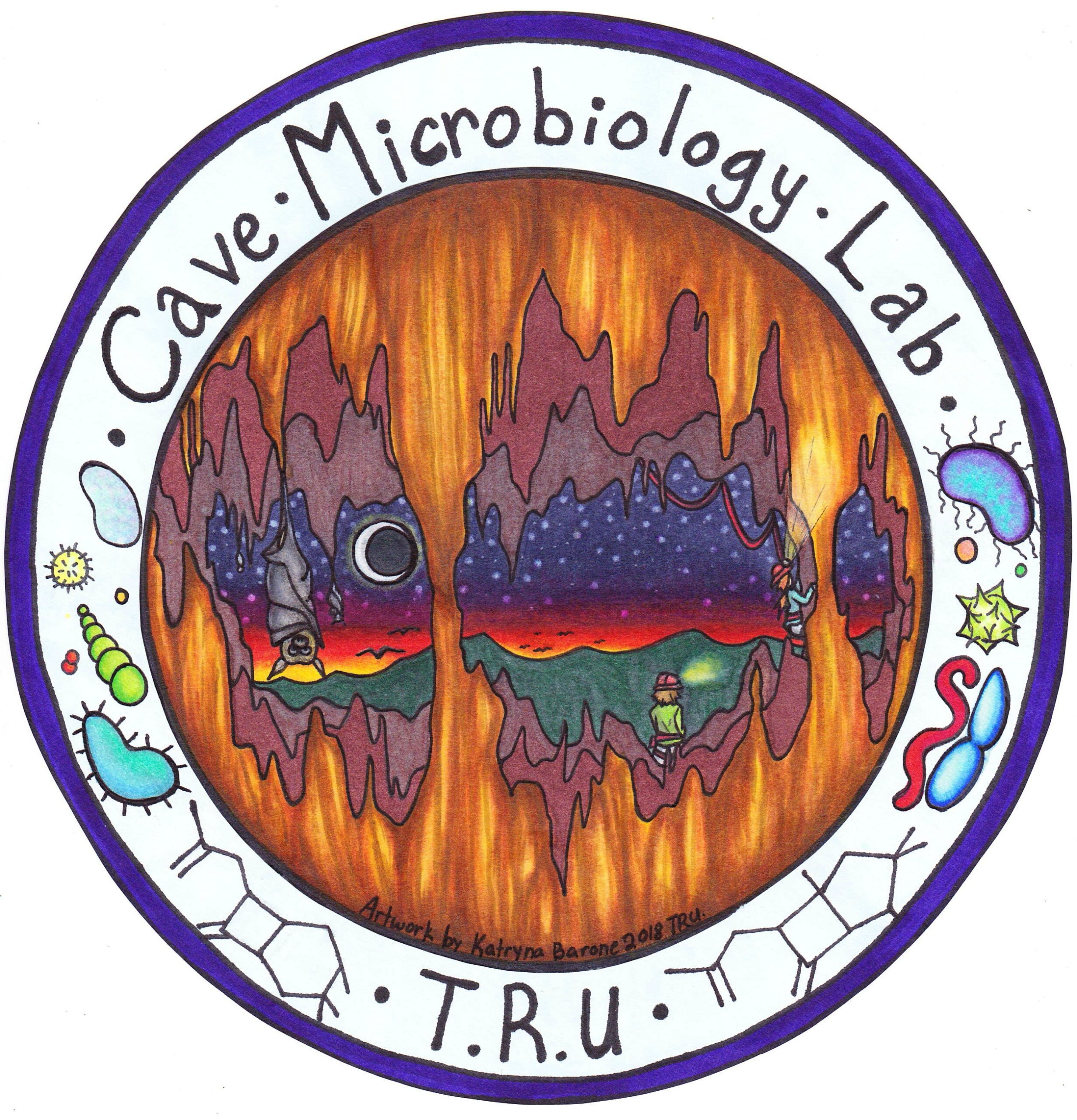


Our research interests include cave microbiology and drug discovery, white-nose syndrome in bats, antibiotic resistance, screening of bacteriophages, cave biomineralization, and microbiology education. Our research has primarily centered on microbial diversity, microbial secondary metabolites production, and searching for potential natural products and bioactive compounds. Research questions that our laboratory is addressing have focused on whether new drugs with the different mode of actions and with new scaffolds can be found in rare/less-intensive-studied microorganisms living in extreme habitats (i.e., in caves)? Besides drug discovery aspect of our research, other research questions include cave bacterial diversity, adaptation, relationship, and evolution. In the long run, we would like to be able to connect the dots in cave microbial study, how the microorganisms survive in such hypogenic and dark environments for years and what traits they need to have to thrive in such habitats. How about the relationships amongst other species in the same habitats? And can we use all the information gathered to answer its evolutionary patterns? Recently, our lab has been working on developing probiotics to help prevent bats from white-nose syndrome.

Recent Awards
2025 The Owl Award for Excellence in Public Education (SD#73)
2024 Established Career Faculty of Science Award of Excellence, TRU
2024 The John G. FitzGerald Canadian Association for Clinical Microbiology and Infectious Diseases (CACMID) Award Nominee
2024 American Society for Microbiology (ASM) Future Leaders Mentorship Fellowship (FLMF)
2023 Chiang Mai University’s Outstanding Alumni Award for Academic Achievements, Thailand
2022 3M National Teaching Fellowship Award (3M/STLHE)
3M National Teaching Fellowship Award
Recent Publications
- Chadabhorn Insuk, Naowarat Cheeptham, Cori Lausen, and *Jianping Xu (2024) DNA Metabarcoding Analyses Reveal Fine-Scale Microbiome Structures on Western Canadian Bat Wings. Microbiology Spectrum. DNA metabarcoding analyses reveal fine-scale microbiome structures on Western Canadian bat wings | Microbiology Spectrum.
- Carol Rees, Hannah Allen, Morgan Whitehouse, Naowarat (Ann) Cheeptham, Michelle Harrison, Elizabeth DeVries, Grady Sjokvist, & Christine Miller (2023) Curiosity-Driven, Inquiry-Based Science Projects Bridge Face-to-Face and Online Learning Formats During COVID-19: A Teacher’s Community of Inquiry. Canadian Journal of Action Research. Oct 2023, 23(3); 27-57. https://journals.nipissingu.ca/index.php/cjar/article/view/657
- Naowarat Cheeptham (2023) Understanding your own inner landscape as a pathway to becoming a more skillful science educator. Letters to Editors. American Society for Microbiology (ASM) Journal of Microbiology & Biology Education (JMBE) August 2023; 24(2). https://journals.asm.org/doi/10.1128/jmbe.00056-23
- Monica Walsh, Soumya Ghosh#, Alfredo Garcia Ponce, Chris James, Gabriella Kam, Tanna Lauriente, Vincent Yu, Kirk Safford, and Naowarat Cheeptham* (2023) Bacteria isolated from Canada’s White Rabbit Cave revealed antimicrobial activities. Fine Focus. https://openjournals.bsu.edu/finefocus/article/view/4317
- Drew Rholl, Naowarat Ann Cheeptham, Archana Lal, Adam Kleinschmit, Samantha Parks, and Tomislav Mestrovic (2023) Making it Matter: Increasing Student-Perceived Value of Microbiology through Reflective and Critical News Story Analysis. American Society for Microbiology (ASM) Journal of Microbiology & Biology Education (JMBE). https://journals.asm.org/doi/10.1128/jmbe.00163-22
